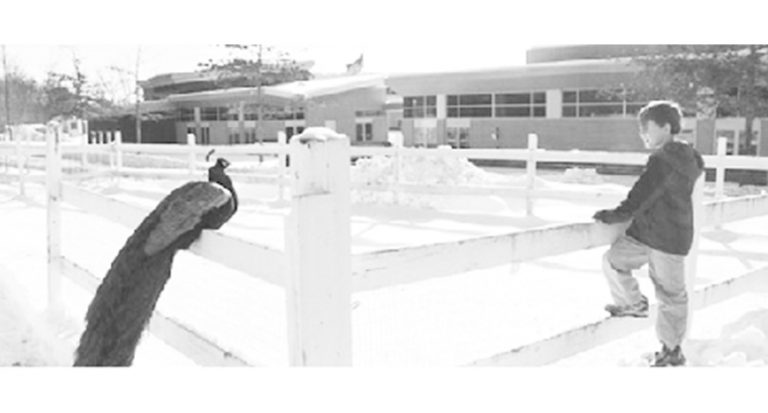Miniature flying robots have come a long way in the last few years. But when it comes to dealing with the unpredictable world around them, man-made flying machines still have a long way to go to match nature’s impressive creations, birds.
“I study how birds fly and I use it as an inspiration for developing new robots,” says David Lentink of Stanford University. “Small micro air vehicles that can fly close to buildings or in cluttered environments or through turbulence, they actually encounter the exact same problems that birds have encountered for millions of years and solved,” he adds.
“We know very little,” says Lentink, “We don’t know how much force they generate at what part of the wing stroke. We can’t explain all of the forces they are generating and we don’t know how they move their wings exactly-so this is something we are starting to look at now.”
A video of a hummingbird was filmed at more than 2,000 frames per second, allowing it to be played back in detailed super slow motion with some remarkable secrets revealed. They observed the hummingbird hovering, reversing and diving, with unique “insect-like” wing action. They have also seen the tiny 3-gram bird shake its body like a dog (for reasons that are unknown) and detailed its tactic for facing down a wayward gust of wind. The team is putting this knowledge into practice by developing micro air vehicles powered by flapping wings and working on a prototype that can morph its wings while flying-rivaling the hummingbird’s 42 flaps per second. Built from carbon fiber and mylar, the device weighs just over 20 grams and by folding its wings it can reduce its wingspan. The aim is to build a more maneuverable flapping-wing air vehicle. It could take decades to make a robot capable of equaling the subtleties of a real bird’s swoops and dives.
“A bird is such a complicated machine,” Lentink says. “If you look at the amount of processing power in its brain, its actuation capabilities-just all the muscles-and the capabilities birds have to change the shape of their bodies, it is something that will take many years, tens of years, maybe 20 years to get something like that into a robot.”





